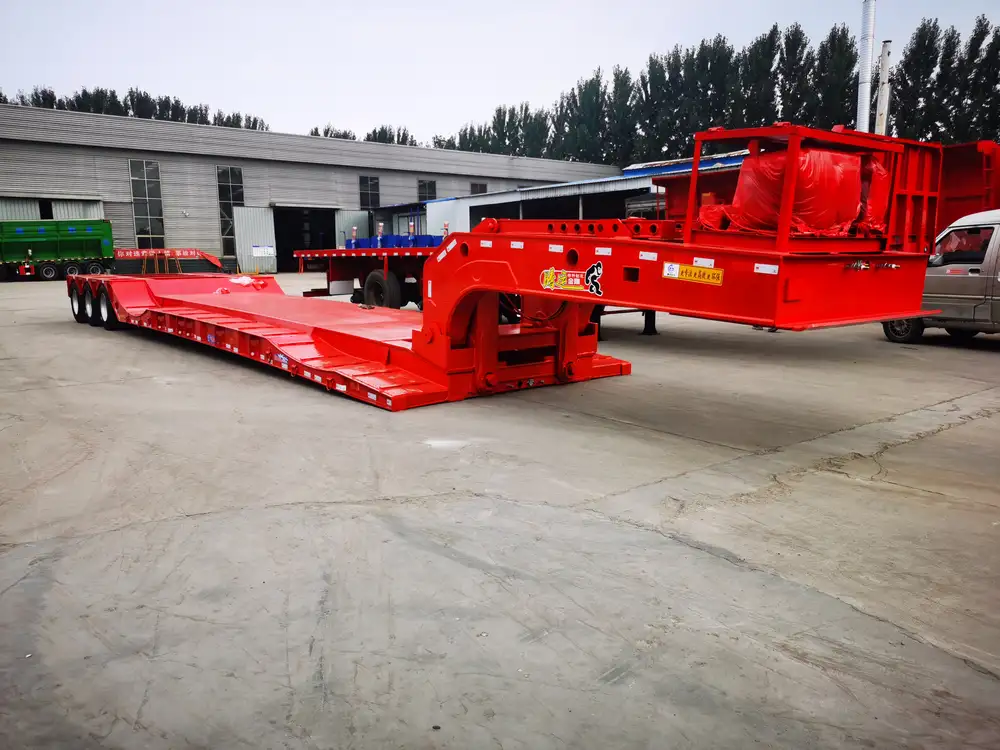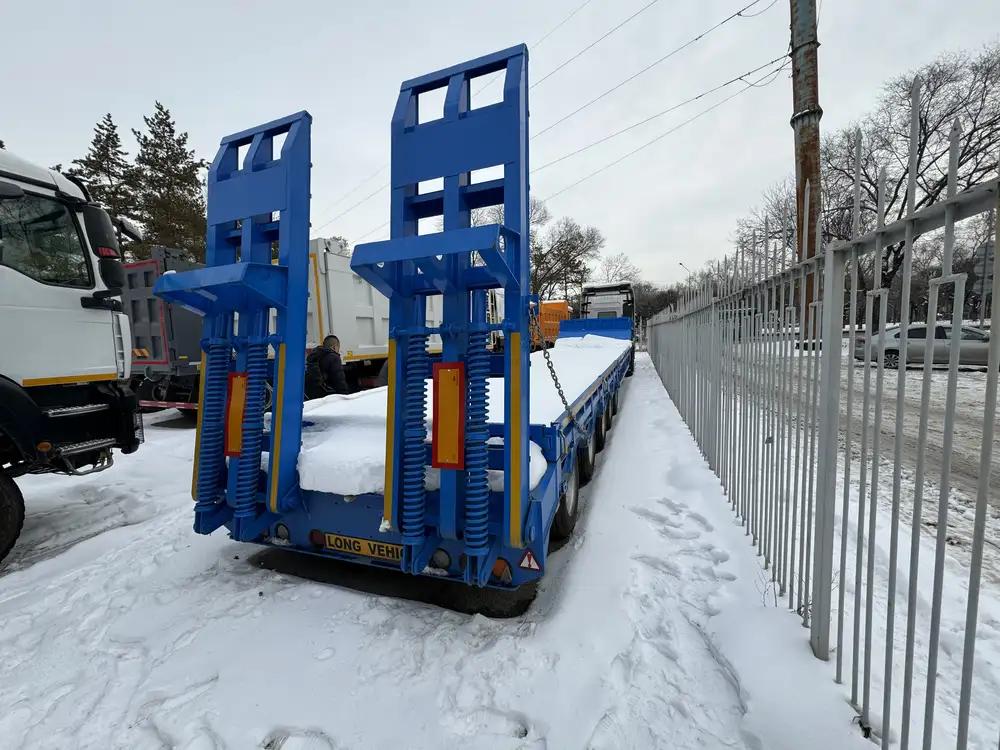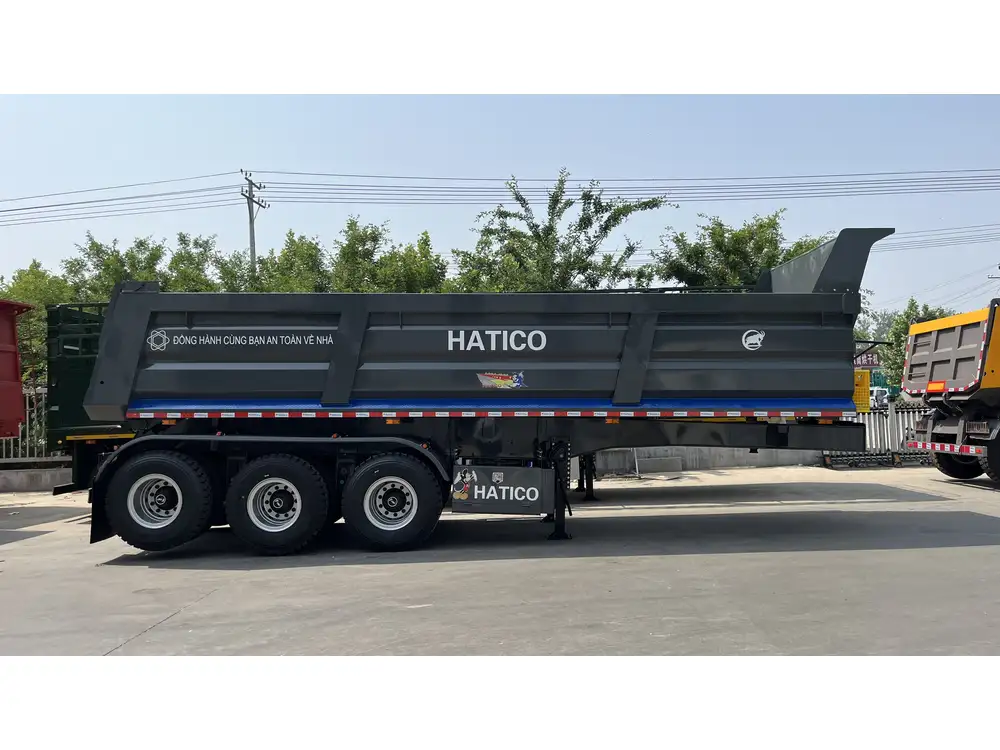Towing a vehicle can be a daunting task, especially when it comes to selecting the right equipment and understanding the mechanics involved. Whether you’re relocating, transporting a classic car, or just in need of a backup plan for an unforeseen breakdown, knowing whether you can tow a car with a U-Haul is critical information for any prospective truck rental user. In this guide, we’ll explore various aspects of towing a car with a U-Haul, addressing common queries, detailing requirements, and offering insights to ensure a successful towing experience.
Understanding U-Haul’s Towing Options
U-Haul offers several towing options tailored to different vehicle sizes and types. Familiarizing yourself with these options is vital to ensure safe transportation of your car:
| Towing Equipment | Description | Best For |
|---|---|---|
| Tow Dollies | A single-axle trailer that lifts the front wheels of the car off the ground. | Front-wheel-drive cars, light vehicles. |
| Auto Transport | A double-axle trailer that completely lifts both axles of the car off the road. | All vehicles, especially those with a low clearance. |
Tow Dollies: Pros and Cons
Advantages:
- Economical Choice: Generally cheaper than auto transports.
- Easier to Maneuver: Smaller and offers more flexibility in parking and tight situations.
Disadvantages:
- Limitations with All-Wheel Drive: Not suitable for all-wheel-drive or rear-wheel-drive vehicles.
- Potential for Damage: The towed car’s tires can wear out if towed for long distances.

Auto Transport: Pros and Cons
Advantages:
- Versatility: Can be used to tow any type of vehicle, including all-wheel drive.
- Vehicle Protection: Hides wheels and axles from wear and tear.
Disadvantages:
- Higher Cost: Typically more expensive than a tow dolly.
- Requires More Space: More challenging to maneuver in tight areas.
Assessing Your Vehicle’s Compatibility
Before renting a U-Haul and setting out to tow your car, it’s crucial to evaluate the compatibility of your vehicle with U-Haul’s towing equipment. Consider the following factors:
Weight Capacity: Verify your car’s weight and ensure it is within the towing limits of the chosen equipment. U-Haul provides detailed specifications for each of their towing devices.
Transmission Type: Understand whether your vehicle is automatic or manual. Most U-Haul tow dollies are suitable for front-wheel drives; however, certain conditions apply to all-wheel and rear-wheel drives. Consult the owner’s manual for specific towing instructions.
Tire Condition: Inspect your tires for wear and tear. A worn-out tire can lead to difficulties during towing and increase the risk of accidents.
Weight and Size Considerations
U-Haul’s towing equipment comes with specific weight and size limitations. Here’s a quick reference:
| Equipment | Max Weight Limit | Vehicle Size Compatibility |
|---|---|---|
| Tow Dolly | 4,900 lbs | Most vehicles under this weight, especially front-wheel drive. |
| Auto Transport | 10,000 lbs | Suitable for larger vehicles, including trucks and SUVs. |

Necessary Preparations for Towing
Preparation is the key to a successful towing experience. Here’s a checklist to ensure you’re ready for the journey:
Vehicle Check-Up
Before hitting the road, conduct a comprehensive inspection of both the towing vehicle (U-Haul truck) and the towed vehicle:
- Fluids: Check oil, coolant, and transmission fluids.
- Brakes: Ensure effective braking systems in both vehicles.
- Lights: Confirm all lighting systems function correctly for safety compliance.
Equipment Rental
When you rent your U-Haul, here are essential steps to follow:
- Select the Right Equipment: Choose between a tow dolly or an auto transport based on your vehicle’s specifications.
- Inspect the Equipment: Ensure that there are no malfunctions before using the equipment. Look for frayed wiring, tire condition, and check that safety chains and car haulers are in good shape.
- Double-Check Documentation: Confirm that all necessary rental paperwork is in order, including insurance coverage for damages.

Proper Loading Techniques
How you load your car is crucial to safe towing. Here’s a step-by-step guide:
- Position the Tow Dolly/Auto Transport: Back the U-Haul until the towing device is perfectly aligned.
- Load the Vehicle: For tow dollies, ensure that the front wheels are secured. For auto transports, follow manufacturer’s loading instructions to align the car centered on the platform.
- Secure the Vehicle: Use tie-down straps or chains to secure the car tightly; inspect after loading to ensure stability.
Navigating Laws and Regulations
When towing a vehicle with a U-Haul, various local, state, and federal laws may come into play. Familiarize yourself with:
- Towing Regulations: Different states have unique laws regarding towing, including speed limits and equipment specifications.
- Insurance Requirements: Ensure that both the towing vehicle and towed vehicle have adequate insurance coverage.
- Roadside Assistance: It may be prudent to sign up for roadside assistance in case of emergencies during your journey.
Driving Tips for Towing a Vehicle
Towing introduces new dynamics to driving and requires adaptation; here’s how to stay safe on the road:

Driving Dynamics
- Acceleration and Deceleration: Towed vehicles add extra weight. Accelerate and brake gradually to maintain control.
- Turning Radius: Make wider turns to avoid hitting curbs and ensure that the towed vehicle stays aligned.
- Speed Limits: Observe lower speed limits designated for vehicles towing trailers or dollies.
Common Mistakes to Avoid
- Overloading: Do not exceed weight limits; this can lead to brake failure or steering loss.
- Ignoring Signs: Keep an eye on warning signs for low-riding obstacles or height limitations.
- Neglecting Signals: Ensure you use turn signals effectively, as visibility decreases when towing.
Troubleshooting Common Towing Issues
Even with thorough preparation, unforeseen issues may arise during your towing expedition. Here’s a guide on how to troubleshoot common problems:
| Issue | Potential Causes | Solutions |
|---|---|---|
| Swaying Trailer | Unequal weight distribution or improper hitching | Adjust weight or redistribute cargo evenly across the trailer. |
| Brake Failure | Overheating or worn-out brake components | Allow brakes to cool down or inspect brake fluid levels; check for air in brake lines. |
| Tire Blowouts | Under-inflated tires or overloading | Monitor tire pressure regularly; adhere to weight limits. |

Conclusion
In conclusion, yes, you can tow a car with a U-Haul, provided you choose the appropriate equipment and adhere to necessary precautions. Understanding the types of towing options offered by U-Haul, assessing your vehicle’s compatibility, and preparing adequately can make the towing process seamless and safe. By adhering to legalities, executing necessary checks, and adopting mindful driving techniques, you ensure not only the safety of your vehicle but also the peace of mind you deserve during your transportation efforts.
As you embark on your towing journey, keep this comprehensive guide handy to navigate through the challenges and triumphs of towing your vehicle with ease. Happy towing!



